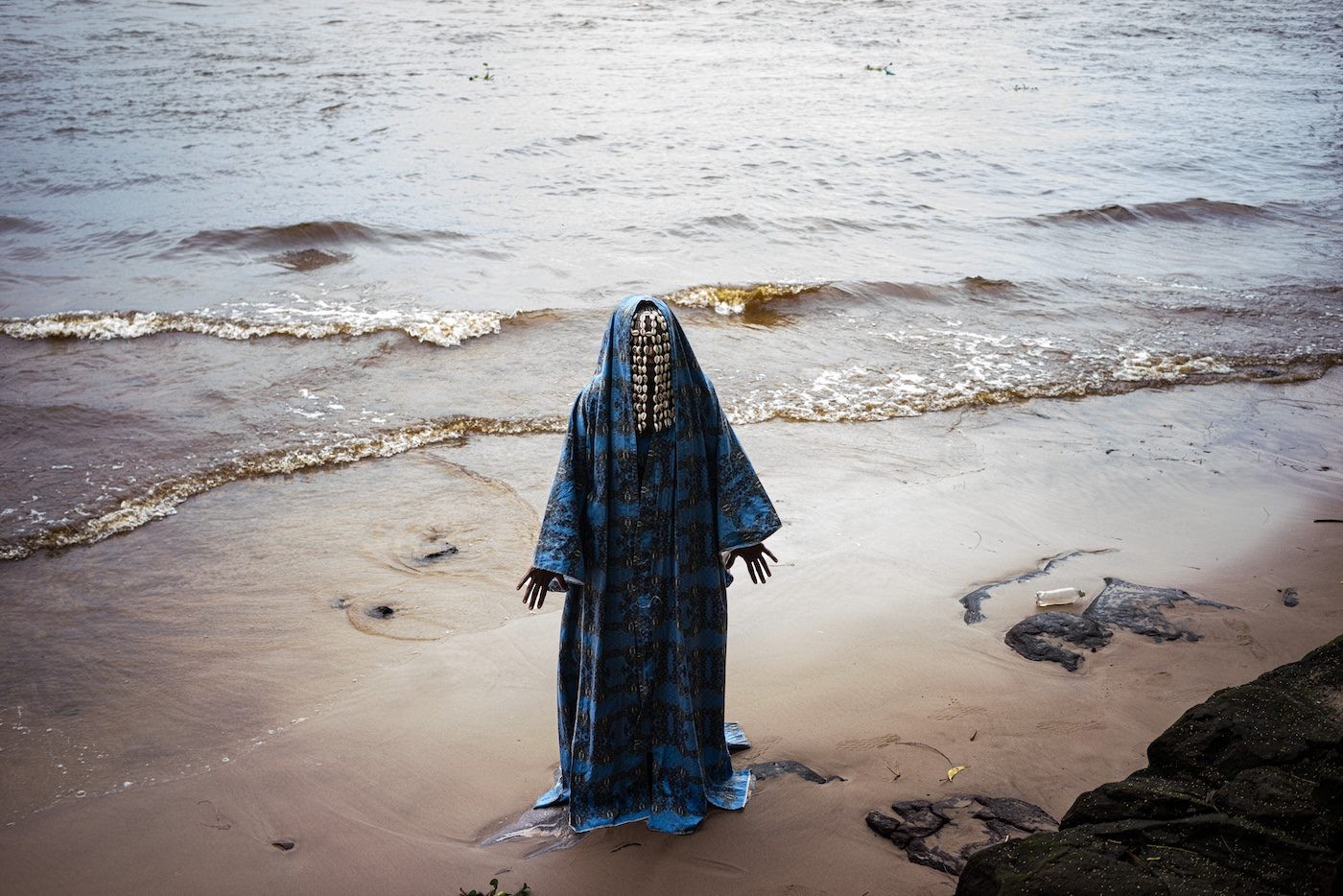Laila Hida: Facilitating Creative Initiatives in Morocco
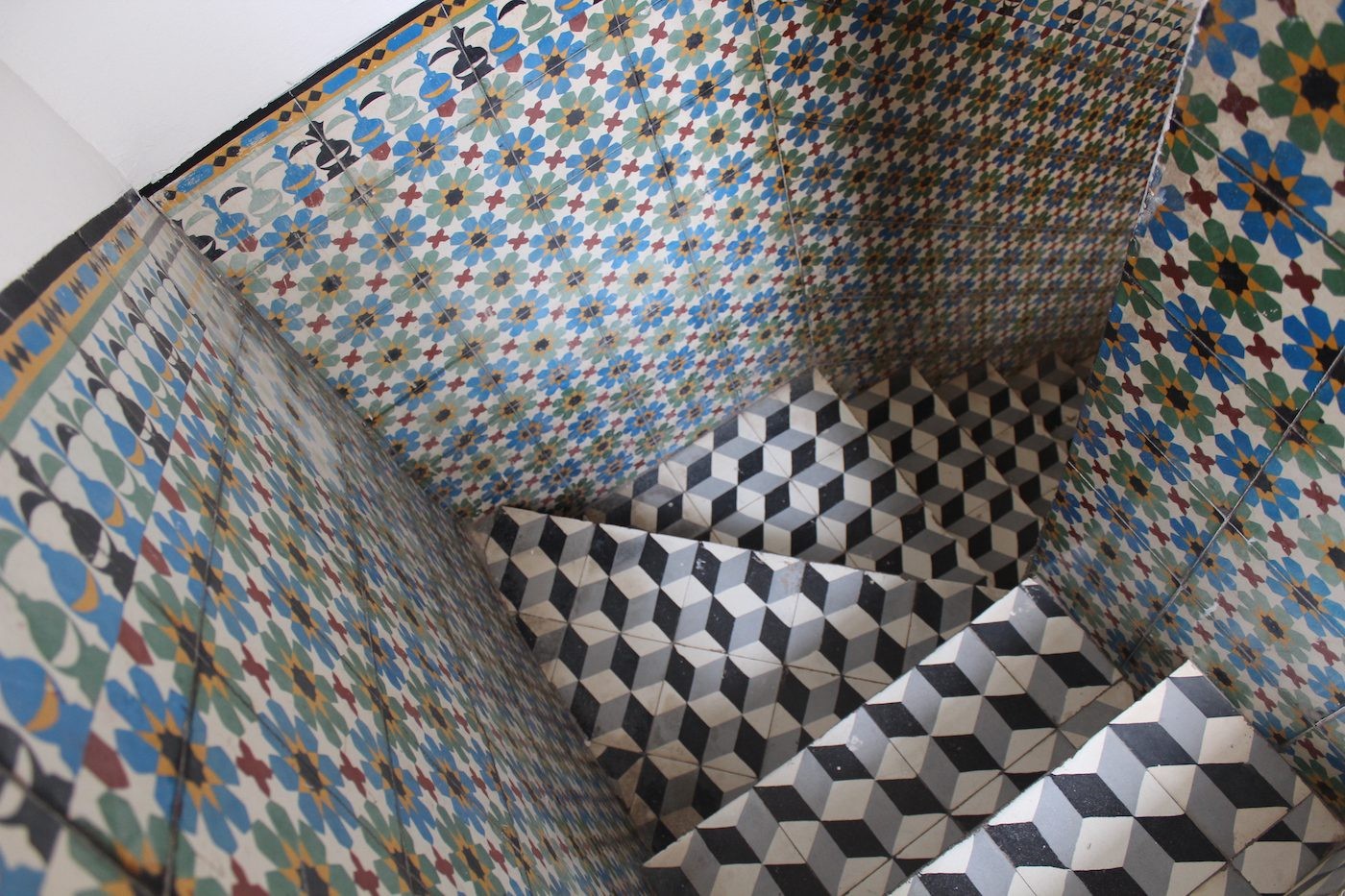
02 May 2023
Magazine C& Magazine
Words Louise Thurin
7 min read
Louise Thurin met Laila Hida, co-founder of Le 18 in Marrakech, to talk about the genesis and visions of the creative hub.
Le 18, located in the heart of the Marrakech medina, was established in 2013 through the shared vision of photographer Laila Hida and curator Hicham Bouzid. Serving as a creative hub, the space fosters an organic blend of resident artists, cultural professionals, and diverse visitors.
Louise Thurin:Le 18 is a beautiful space. Could we address the singular nature of the place?
Laila Hida: Le 18 is situated in a typical riad in the medina of Marrakech. It was not, however, a deliberate and premeditated wish to establish a place here: the idea arose from a convergence of conditions in my artistic career and my personal life. Basically, I barely made any choice/decision because that’s just how I operate. I draw inspiration from my surroundings, whether for Le 18 or for my research. I was born and raised in Casablanca before moving to France for my education and the start of my work. I returned to Morocco in the early 2010s and settled in Marrakech. With the hosting of one of the region's first fairs (Marrakech Art Fair 2010-2011-2013) and theMarrakech Biennale (2007-2009-2012), the city had become a creative crossroads. When I first moved in, I was given the chance to live in this house, which belonged to friends and was located at number 18 of a narrow alley in the medina. It was a sort of communal house where they welcomed passing acquaintances. Later, when I took over this riad with the intention of opening it up to artists in residence, it seemed crucial for me to maintain the place’s spirit of hospitality. People enter Le 18 as if they have been welcomed to someone's home. However, I still had no clear notion of a potential program or a specific format for these residencies: I had already been a project leader, but I had never managed a place. So, I reached out to my friend Hicham Bouzid, the founder ofThink Tangier, who at the time was working at Les Insolites bookstore, to help me design this space. And in 2013, we opened Le 18.
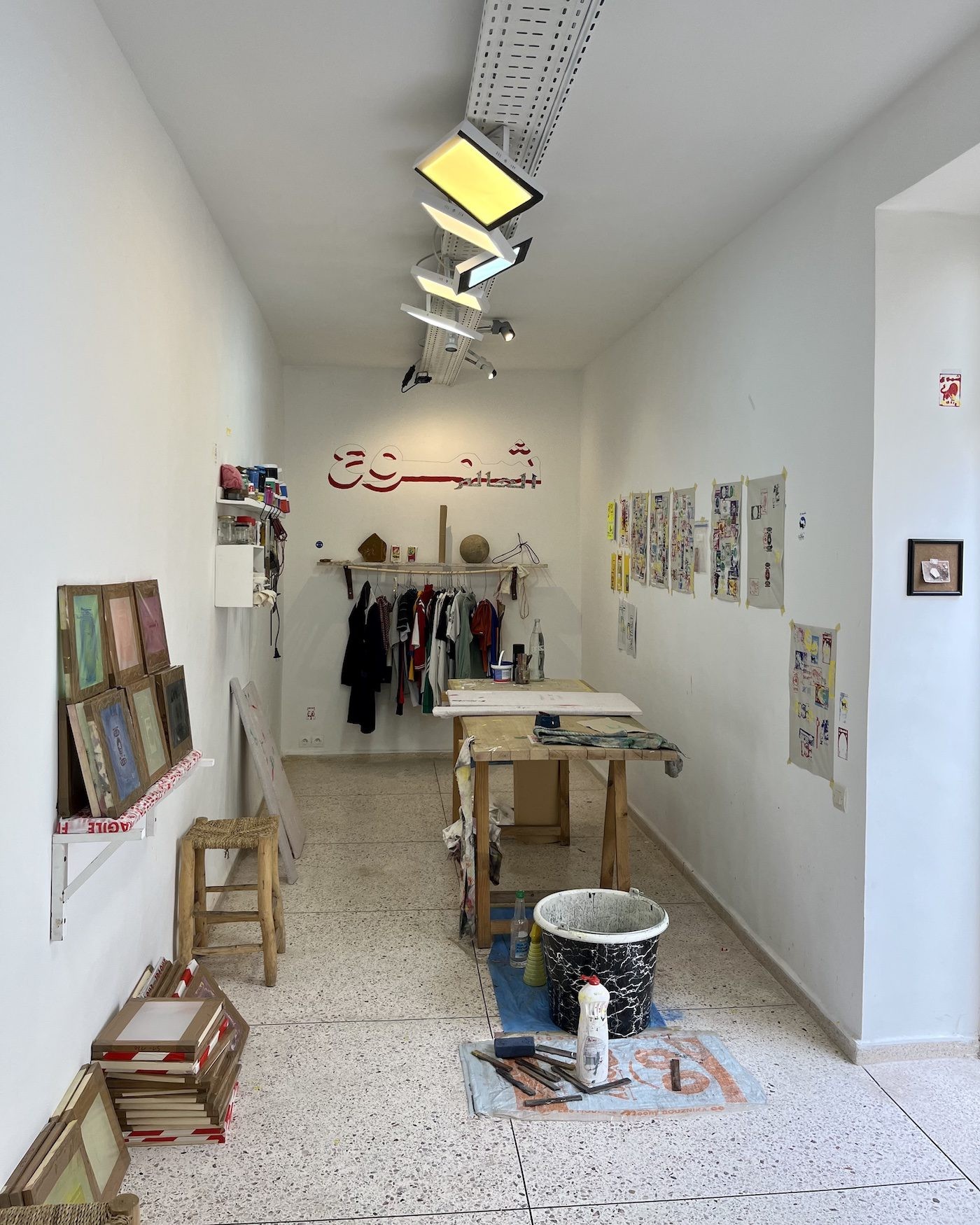
<figcaption> On the first floor are located a cutting-edge bookshop curated by Meryem Fekhari, a mobile library (booKaroussa) for neighborhood's children and a open production workshop that Louisa Aarrass, Inès Yahiaoui and Aliosha Tazi are currently investing with their ongoing project, Le 18 Chemaa Football Club. © Louise Thurin.
We are fully aware that Le 18, being a project situated in a historical and popular district of Marrakech, contributes to the ongoing gentrification of the area. This is a rapid process in the city, where the tourism industry has already had a transformative effect on the medina. To counteract this, we must be highly conscious of our presence and actions. We constantly examine ourselves to ensure that the life of the space and its programming align with the pulse and essence of the district. How can we involve the community? What languages should we use in our events? These are issues that intersect within the space and often spark lively debates, although we may not always have the answers.
LT: How did you become a part of the city's cultural landscape?
LH: We were very quickly supported by our artistic ecosystem. Let us mention our collaboration with the author Omar Berrada and his Dar al-Ma'mûn project. He proposed to Le 18 to host an interdisciplinary programming cycle centered on Moroccan filmmaker and poet Ahmed Bouanani (1938-2011) between 2013 and 2014. This joint work was renewed, between 2021 and 2022, as an exhibition curated by the Bouanani collective and the AWAL project led by Soumeya Ait Ahmed and Nadir Bouhmouch.

<figcaption> A view of Le 18's central space from the first floor an evening of short-films' screening © Louise Thurin.
At Le 18, we believe that everything is created through connections and interactions. We are committed to nurturing relationships with external programs, projects, and groups, and helping them to flourish. We provide a space for initiatives to emerge, grow, and develop independently before returning to Le 18 for residencies or programming. Our role is to support and accompany our partners and collaborators throughout the entire process, from writing proposals to project development, without taking ownership of their ideas. This approach gives them greater flexibility and autonomy, and in some cases, more financial and operational authority. Ultimately, Le 18 is a place that facilitates creative initiatives, rather than constraining them.
This structure is operating within a context of financial instability for which we have yet to discover a long-term solution. Financial difficulties are prevalent in all cultural third places-and not only in Morocco and the Maghreb. We had to find other means of subsistence and rethink our production models. As a result, the collaborative system has become inscribed in the DNA of Le 18, and has developed out of a need, particularly in the context of the global South. Over the past decade, our team has grown and evolved, reflecting our commitment to adapting to new challenges and opportunities. We are constantly changing and developing, in a way that is rhizomatic and connected to the broader Moroccan ecosystem. Every project that we take on helps us to refine our approach and reshape our methods, like a river/Wadi that carves out a new path in the landscape.
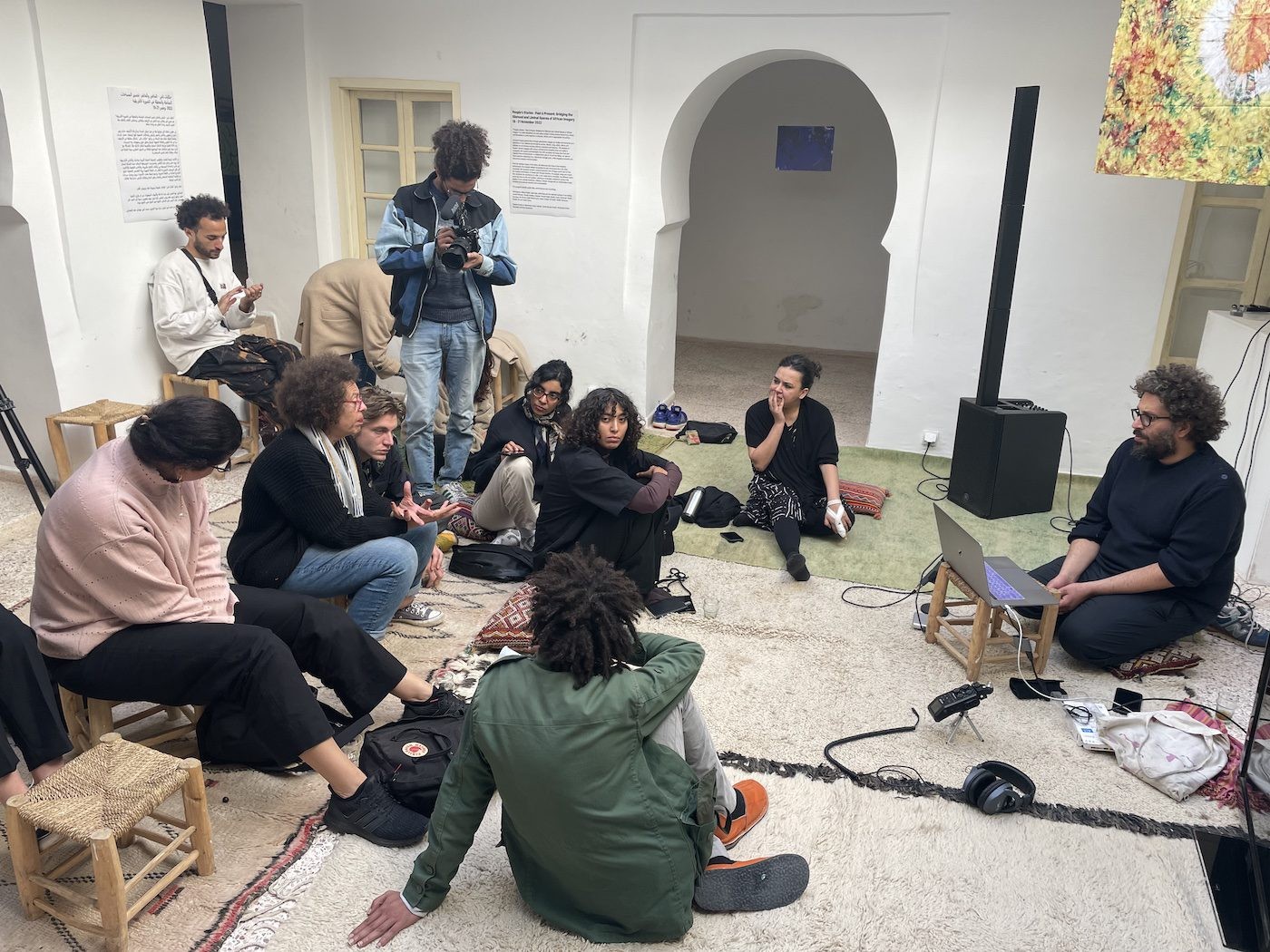
<figcaption> Mohanad Yaqubi from Subversive Films presenting during People’s Stories - Past & Present: Bridging the silenced and liminal spaces of African Imagery's programme (2022). Courtesy of LE 18.
LT: What is your vision of the Moroccan cultural ecosystem? What are its systemic issues?
LH: While there is a clear desire for political change, it is facing obstacles in finding the right structures to support it. One critical element that is lacking is a robust system for arts education and training, which is essential for fostering artistic talent and developing cultural industries. While the expansion of the Fine Arts school in Tetouan to other cities in Morocco is a positive step, questions remain about the opportunities that will be available for graduates in the future.
Another issue we face is the shortage of available creative spaces and artist studios that can be utilized for a more extended period, ranging from six months to three years. Morocco benefits from an interesting network of residences - we can cite the Cube and L'appartement 22 in Rabat, the Caravane Tighmert... - but the durations of reception are always relatively short and structured around production. The recently established Daret project, created by artist Ymane Fakhir, is an exception as it offers one-year residencies to its awardees.
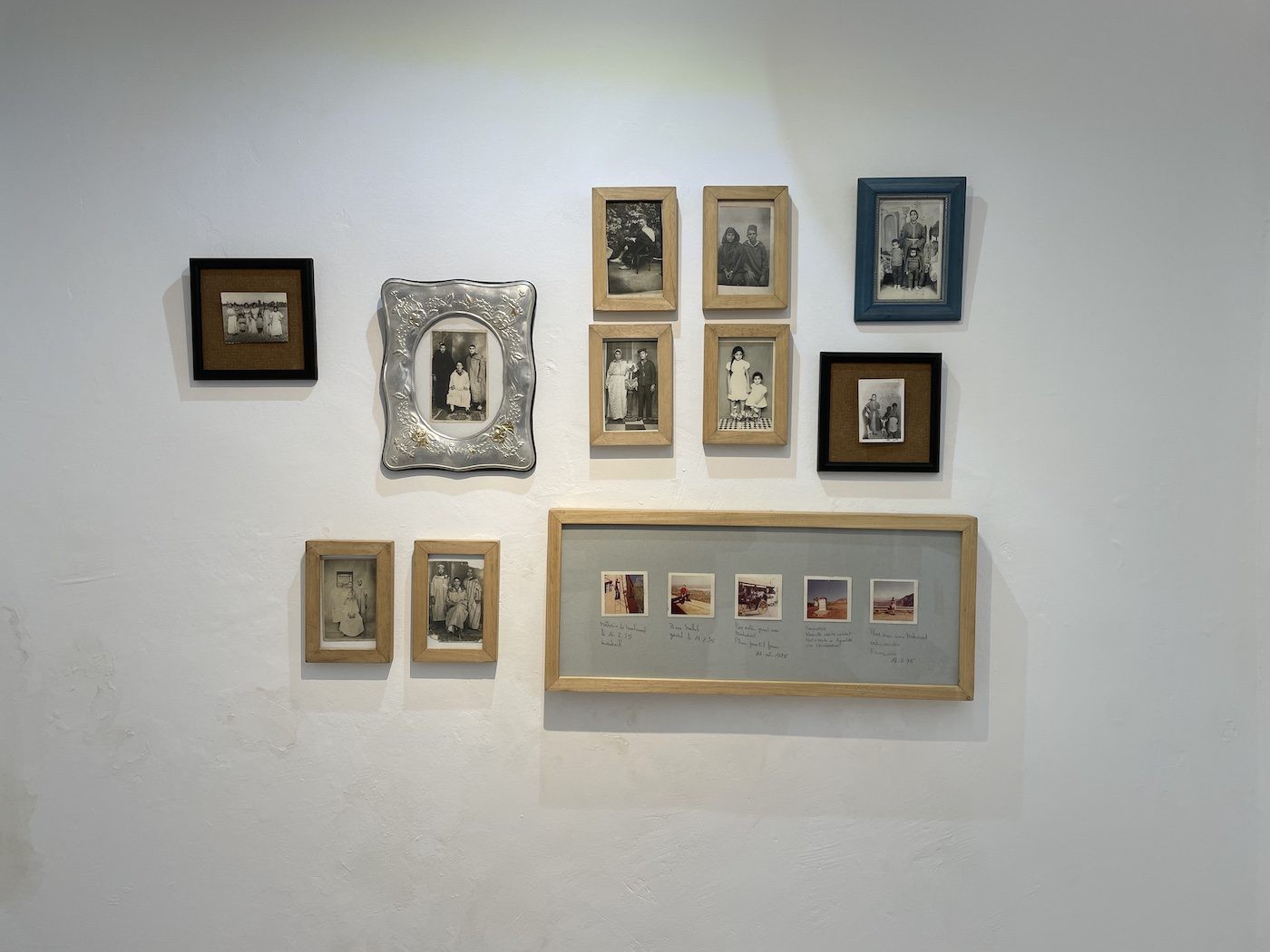
<figcaption> Salah Bouade's archive project for Dabaphoto 6 (2021). Courtesy of LE 18.
To me, it is not feasible for a city like Marrakech to solely rely on large-scale events like fairs and biennials. What will artists do during periods when they are not involved in such events? It is crucial for private patrons and the Moroccan government to provide support for existing initiatives and open alternative programming venues that encourage the emergence of new art forms and discourses. There are numerous vacant spaces in the city belonging to the municipality, ministries such as Habous and Islamic Affairs, and even private banks. Additionally, there is the Royal Theater, which took thirty years to construct but has yet to offer curated programming to the public. It is a missed opportunity to envision the potential of such a prime location in the city center.
We know that it is long and tedious to make things happen, but I believe that spaces such as Le 18 are conducive to the growth and realization of forward-thinking concepts.
For more information on Le 18:
https://www.instagram.com/le18marrakech/
Interview by Louise Thurin.
Read more from
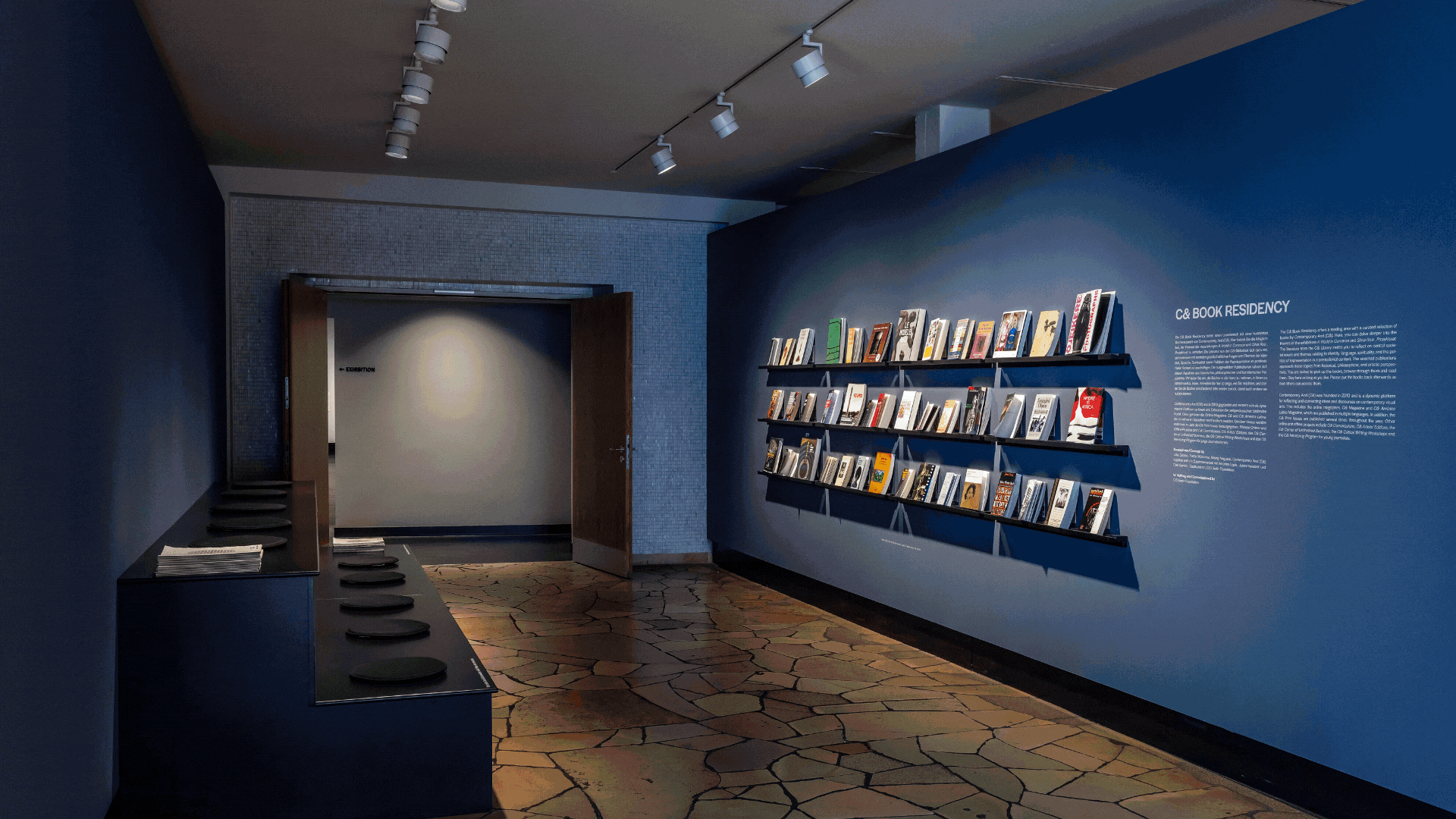
C& Highlights of 2025

Maktaba Room: Annotations on Art, Design, and Diasporic Knowledge

Irmandade Vilanismo: Bringing Poetry of the Periphery into the Bienal
Read more from

Irmandade Vilanismo: Bringing Poetry of the Periphery into the Bienal

I Am Monumental: The Power of African Roots
